Leccinum lepidum: bolet pheasant
4 years ago · Updated 6 months ago
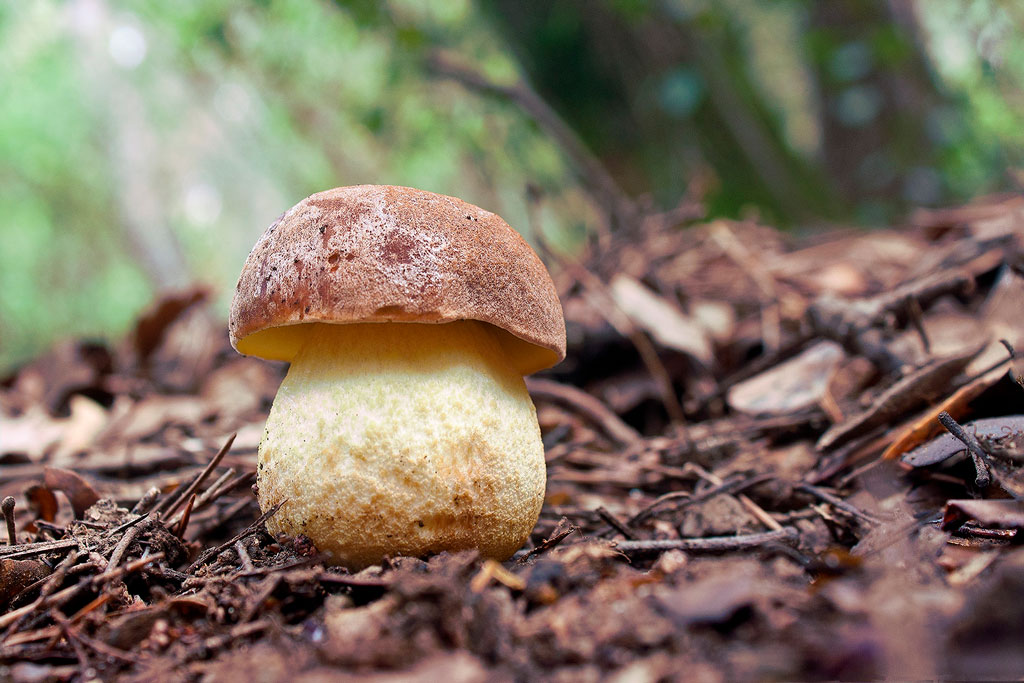
Well no, in many places in the south of the peninsula, Leccinum lepidum, its scientific name, is a popular mushroom.
We explain how to recognize pheasant mushrooms and where and when to pick them. The leccinum or pheasant mushroom is a beautiful boletus that can also be found in spring, and is known as the pleasant boletus. And no wonder, as many pickers confuse it with some of the most sought-after boletus (edulis, pinícola, aereus and reticulado).
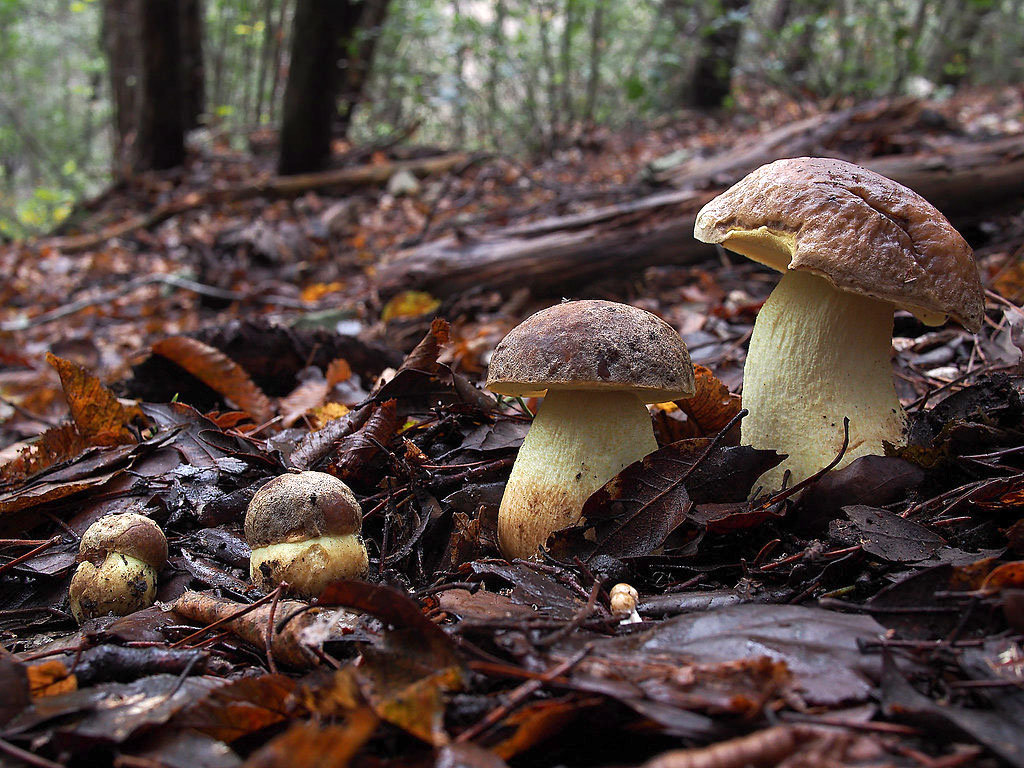
- How to recognize the pheasant mushroom or Leccinum lepidum?
- Pheasant characteristics
- What is the habitat of Leccinum lepidum?
- In what season can we look for the pheasant mushroom, Leccinum lepidum?
- Confusions of L. lepidum with other species
- Photographs of cistus mushrooms, Leccinum lepidum
- Leccinum lepidum in the kitchen
How to recognize the pheasant mushroom or Leccinum lepidum?
The most striking features of this boletus are its large size and, above all, its coloration. But that's not all. We explain the characteristics of the boletus so you can't go wrong
The scientific name of the pleasant boletus is Leccinum lepidum. We're talking about a mushroom that belongs to the order Boletales, class Basidiomycotina.
What are the popular names for L. lepidum?
These are mushrooms, the pheasant boletales, much appreciated in the areas where they appear, which is why their popular names are abundant and varied. Some of them in Spanish are Boleto agradable or boleto lindo, Seta faisán, Faisán, ... In Catalan, it is known as sureny d'alzina, alzinia or alzinall and in Basque artadi-onddo belzkor
Pheasant characteristics
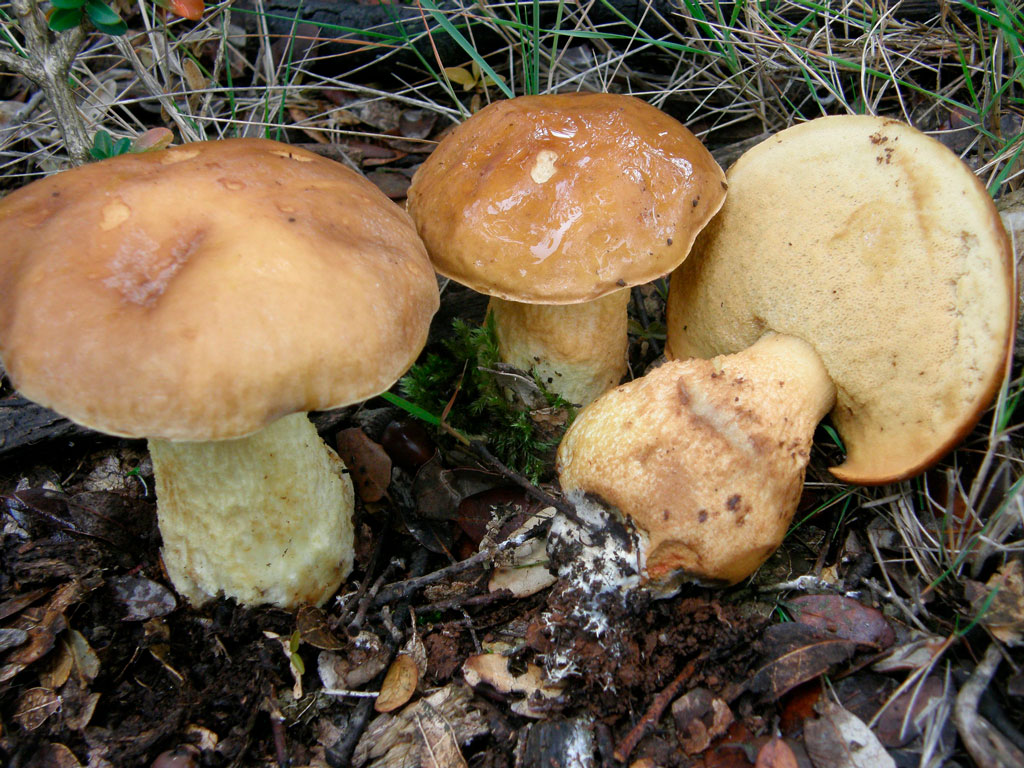
Leccinum hat
This is a large cap, growing to between 4 and 16 cm. In its youth, it is semi-spherical and as it grows, it becomes convex, but never flattened like other boletes.
The color of the cuticle varies from dark brown to yellow ochre. This will depend on whether the area is more or less humid. Similarly, the feel of the cap is velvety if the climate is dry and viscous if it's damp.
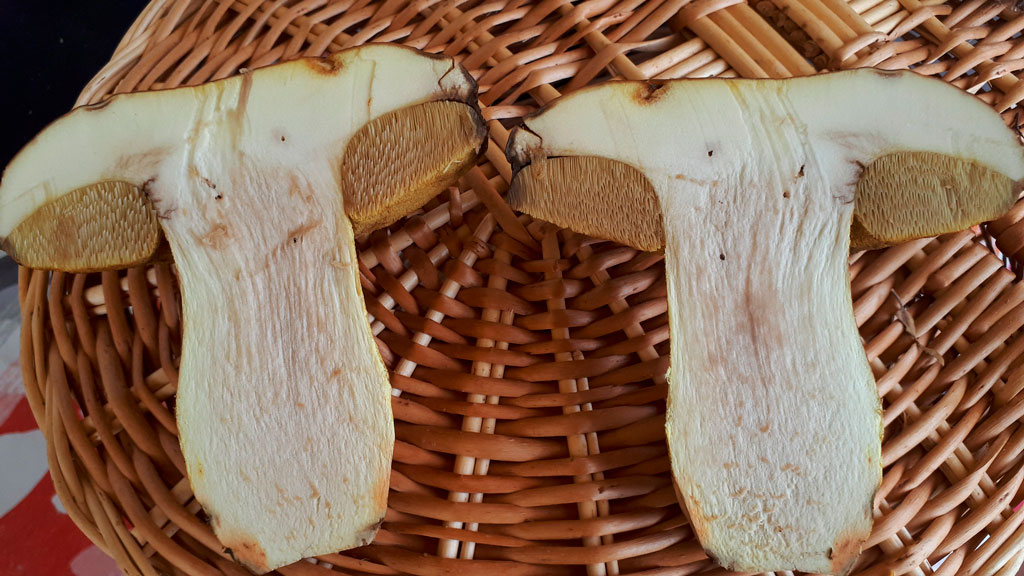
Poros
Angular, tight and small. Their color is a bright yellow that turns greenish at maturity. Under pressure, they darken slightly.
Foot
Thickens at the base, first stubby then elongated. Its color is yellow, showing small, slightly darker granulations
Chair
yellowish and compact. If cut, it slowly turns pale pink, which transforms into blackish gray. Unappreciable but pleasant taste and smell, which is why it is considered by many to be a good edible.
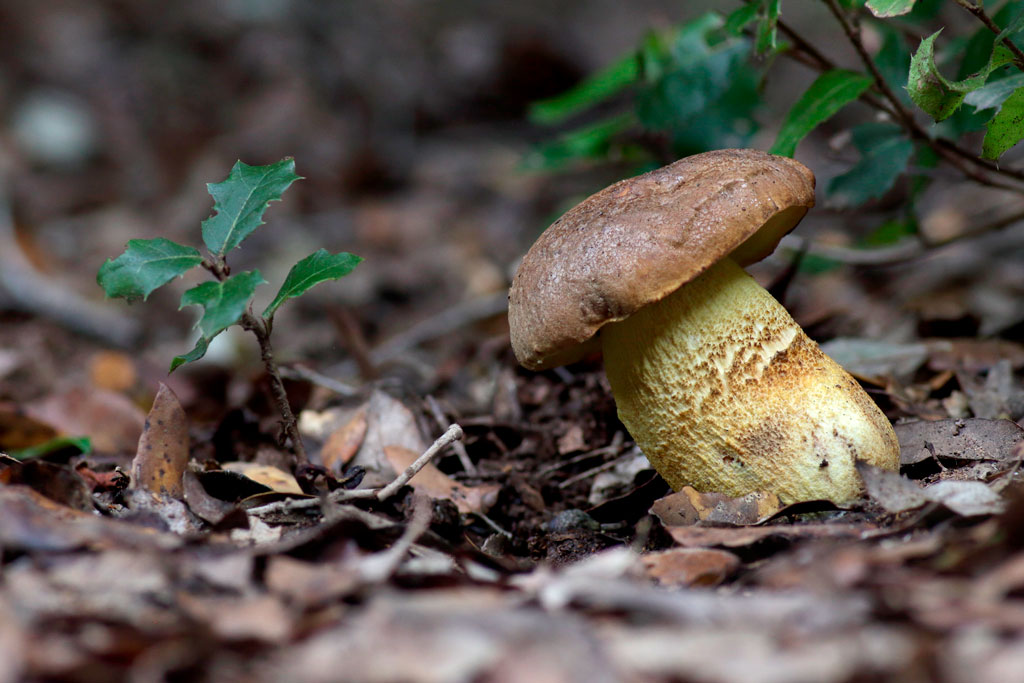
What is the habitat of Leccinum lepidum?
The pleasant pheasant or boletus is a typical mushroom of Mediterranean scrubland and forests. We can find it growing exclusively in oak and cork oak forests, as well as with pubescent oaks, arbutus and rockroses. It's also common to find them alongside wild orchids.
In what season can we look for the pheasant mushroom, Leccinum lepidum?
Pheasant boletus, we can start to find it in spring if the rains are abundant. It's not uncommon to find them in abundance in April and May. Later, in autumn, we can also harvest Leccinum lepidum, although this is less common and depends on weather conditions.
This is a mushroom that doesn't grow along paths or near crops. Nor does it like rivers or streams.
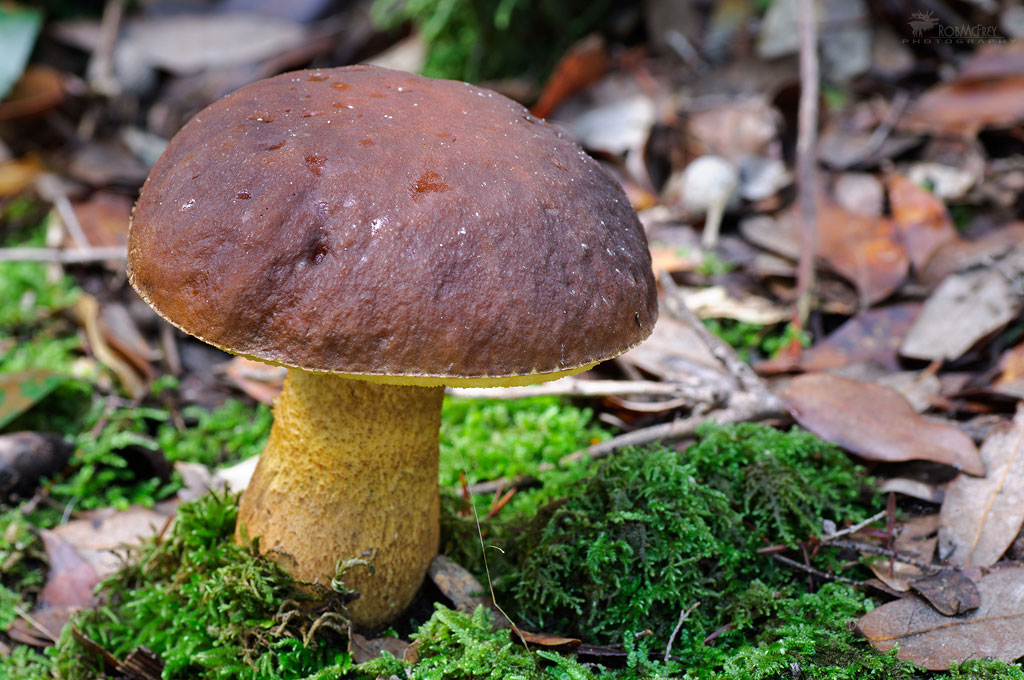
Confusions of L. lepidum with other species
The pheasant mushroom can be confused with other varieties of Leccinum, but in any case, they're not toxic, so it's not a big problem.
Confusion between Leccinum lepidum and Leccinum corsicum
Leccinum corsicum, also known as the cistus mushroom, is also a good edible. It can be found growing alongside several species of rockrose (C. albidus, C. ladanifer, ...). It is distinguished from Leccinum lepidum by its smaller size. It has a darker-colored cap.
Confusion between Leccinum lepidum and Leccinum crocipodius
This Leccinum is also smaller in size, and the cuticle tends to crack. The foot has darker granulations. They can be found between beeches and oaks, which makes confusion difficult since the cistus cep lives mainly associated with holm oaks.
Photographs of cistus mushrooms, Leccinum lepidum
The pretty boletus is a very photogenic mushroom. We leave you with a few images of this mushroom in its environment.
Leccinum lepidum in the kitchen
This mushroom is considered by many cooks and gatherers to be a good edible, but despite this, it remains a fairly unknown mushroom. In cooking, it is often used as a garnish, accompanying meat dishes.
Now that you know more about this precious and colorful mushroom, you're sure to dare to seek it out and pick it. Don't forget to send us your photos!
Health and pheasants!


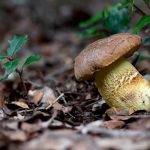
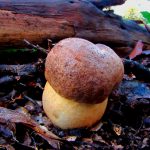
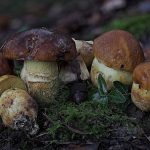
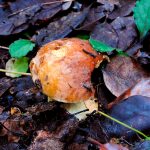
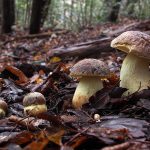
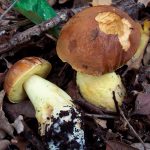
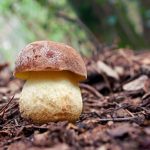
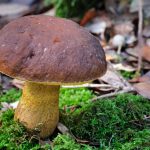
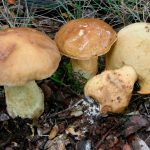
Te pueden interesar